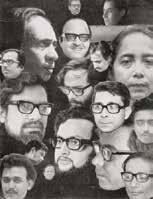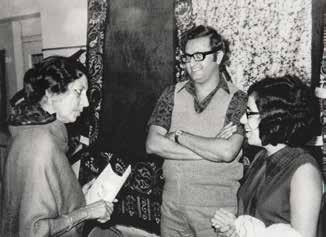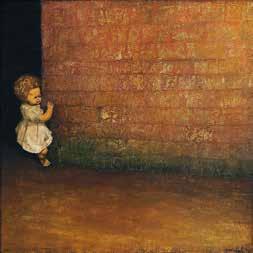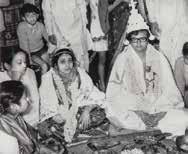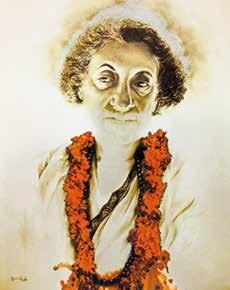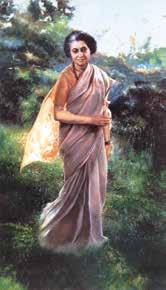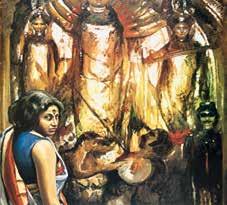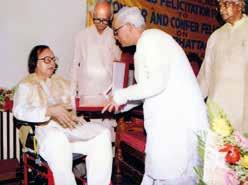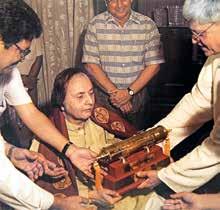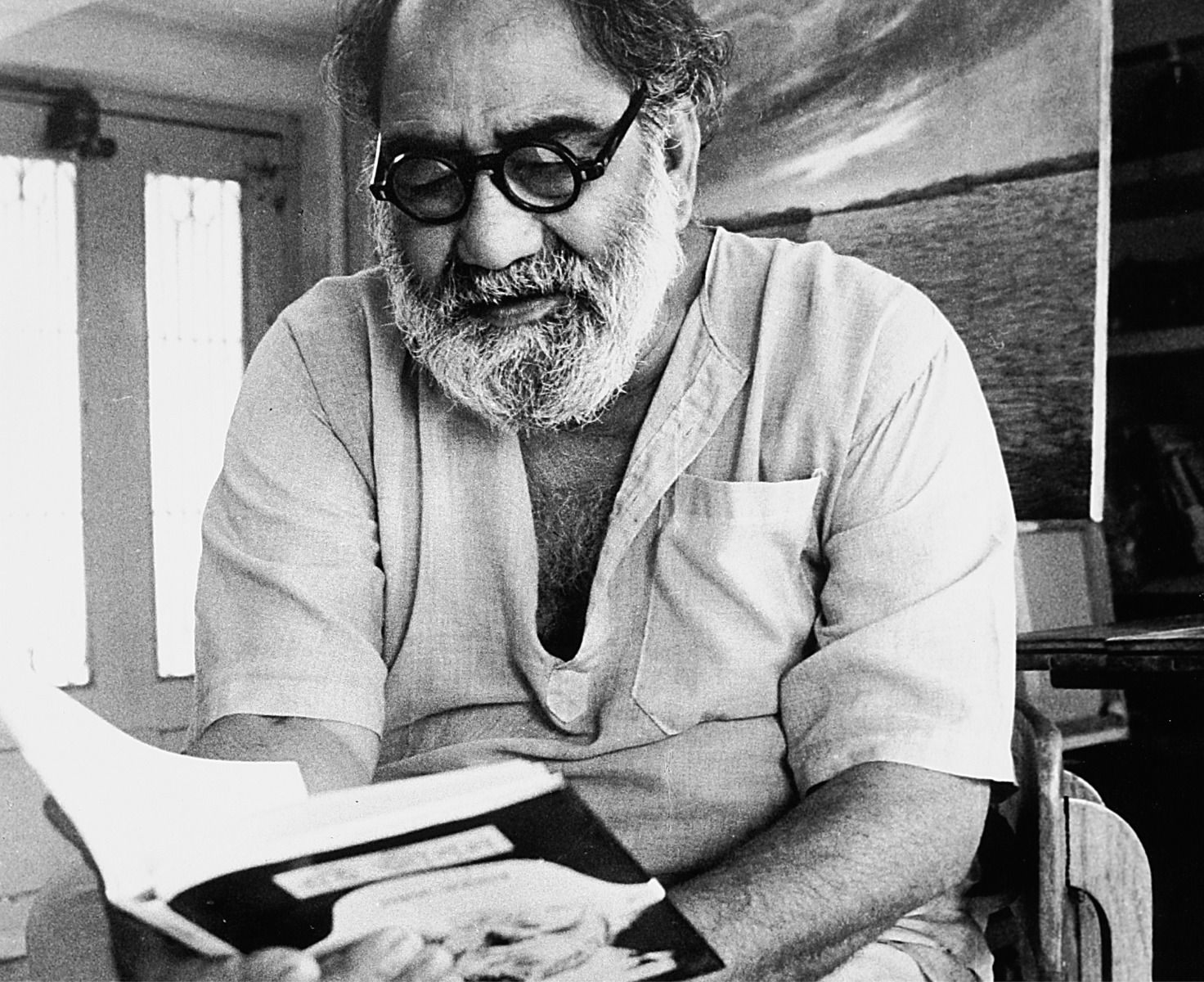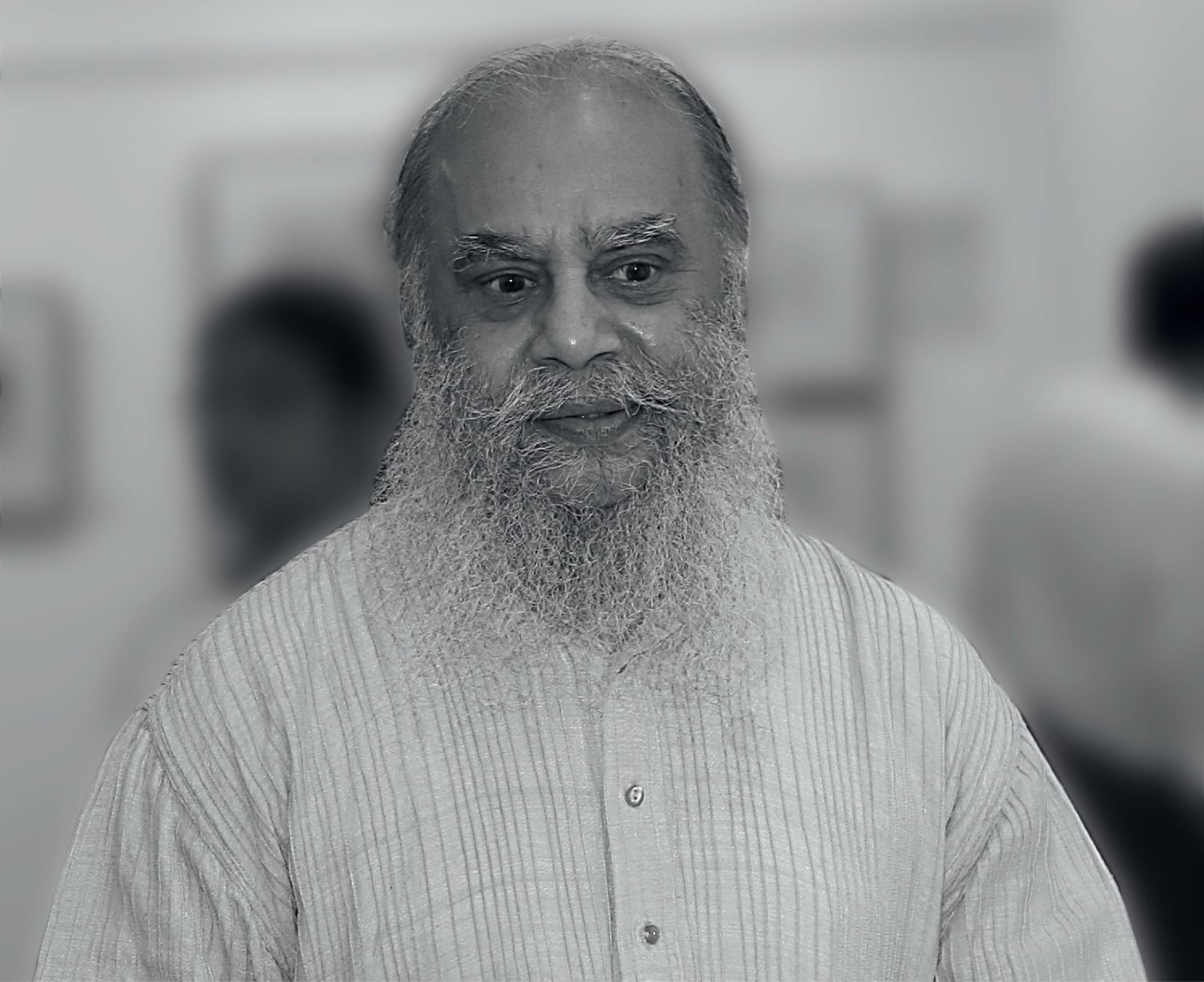Bikash Bhattacharjee
ARTIST TIMELINE
ARTWORKS
|
1940 - 2006 Bikash Bhattacharjee |

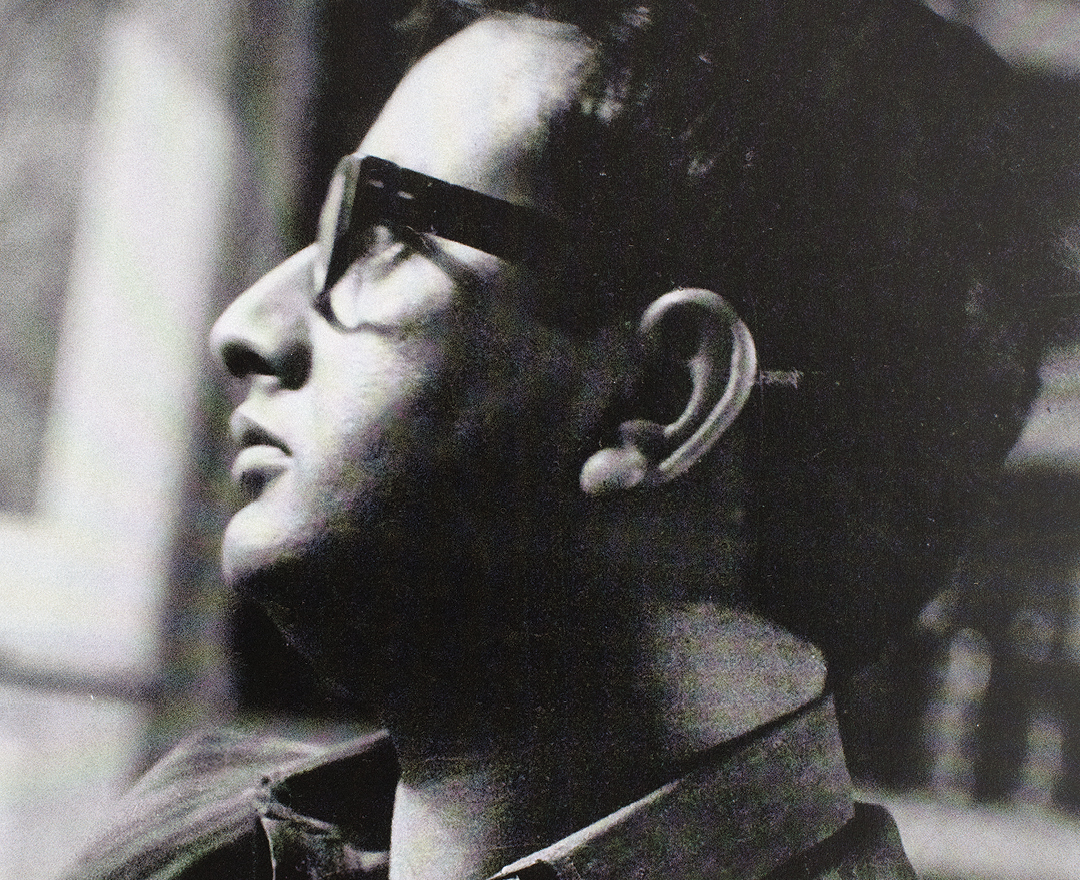
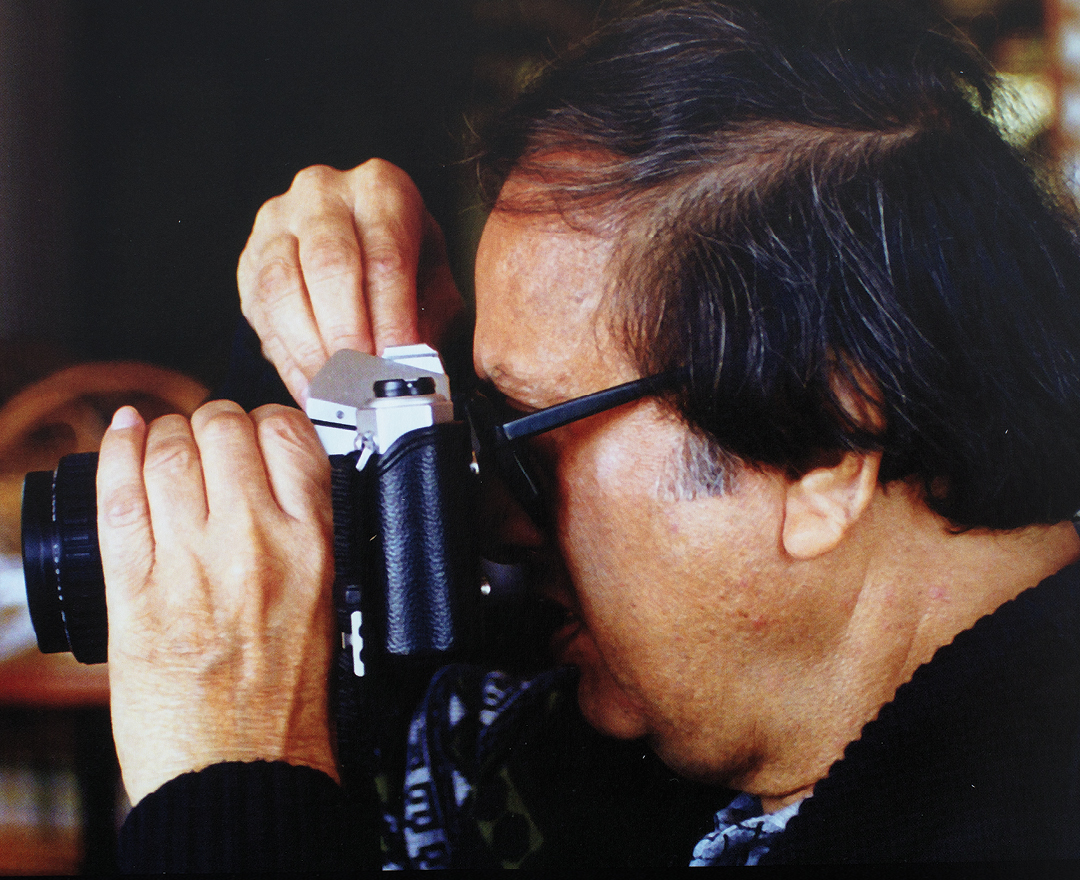
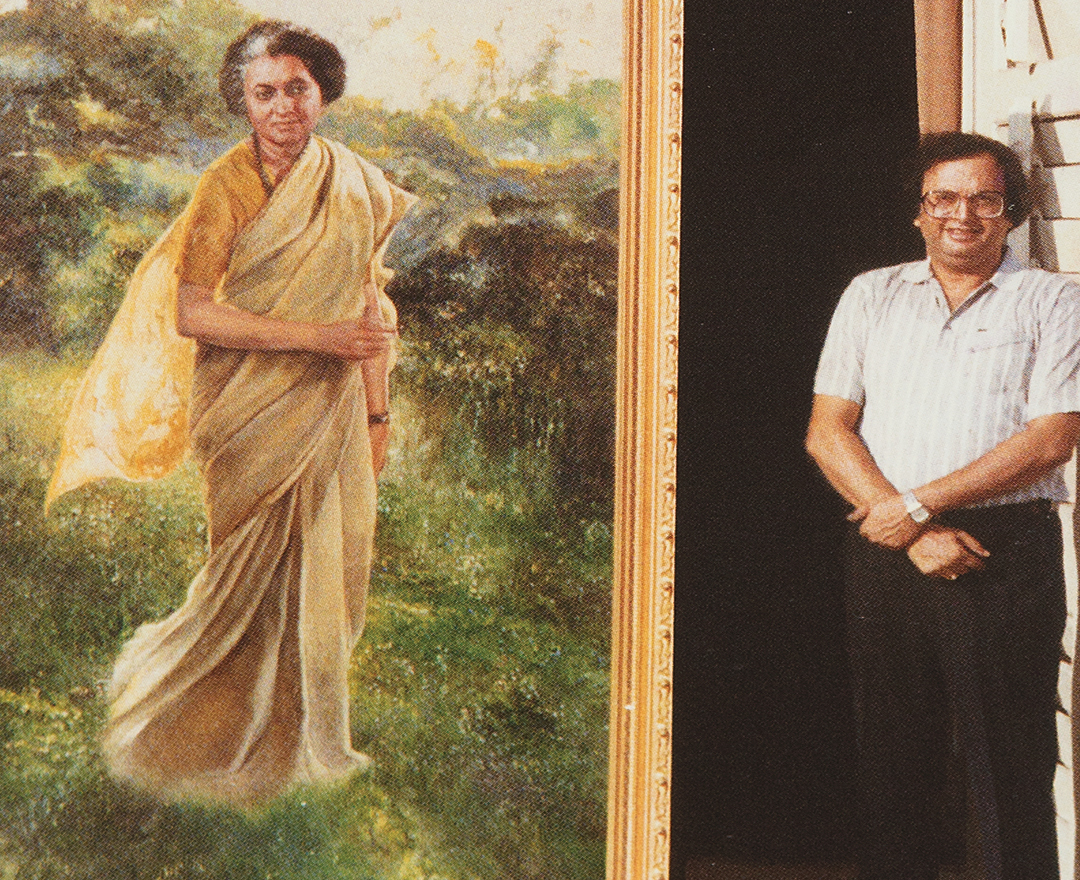

‘The vibes that Bikash visually and intellectually gathered in his growing years from his immediate urban environs with an instinctual awareness of their social and moral significance went a long way in deciding not only what but also how he was going to paint’
MANASIJ MAJUMDER
artist timeline
artworks
dag exhibitions
|
The ‘Manifestation’ series of 20th Century Indian Art, Editions VII, VIII, IX, X, XII |
|
DAG galleries in New Delhi and Mumbai, 2012-14 |
|
‘Indian Landscapes: The Changing Horizon’ |
|
DAG, New Delhi, 2012 |
|
‘The Art of Bengal’ |
|
DAG, New Delhi, 2012; Mumbai, 2014; New York, 2016 |
|
‘Indian Portraits: The Face of a People’ |
|
DAG galleries in New Delhi and Mumbai, 2013-14 |
|
‘Indian Abstracts: An Absence of Form’ |
|
DAG galleries in New Delhi, Mumbai and New York, 2014-15 |
|
‘Indian Divine: Gods & Goddesses in 19th and 20th Century Modern Art’ |
|
DAG galleries in New Delhi and Mumbai, 2014 |
|
‘India Modern: Narratives from 20th Century Indian Art’ |
|
DAG galleries in New York, New Delhi and Mumbai, 2015; Chandigarh, 2017 |
|
‘Navrasa: The Nine Emotions of Art’ |
|
DAG galleries in New Delhi and Mumbai, 2020-21 |
|
‘Ways of Seeing: Women Artists | Women as Muse’ |
|
DAG, New Delhi, 2021 |
|
‘Iconic Masterpieces of Indian Modern Art’ |
|
DAG, Mumbai, 2021 |
notable collections
|
National Gallery of Modern Art, New Delhi |
|
Lalit Kala Akademi, New Delhi |
|
Kiran Nadar Museum of Art, New Delhi |
|
Jehangir Nicholson Art Foundation, Mumbai |
|
Piramal Art Foundation, Mumbai |
|
Government Museum and Art Gallery, Chandigarh |
|
Roopankar Museum of Fine Arts, Bharat Bhavan, Bhopal |
|
Kejriwal Museum, Karnataka Chitrakala Parishath, Bengaluru |
|
Peabody Essex Museum, Salem, Massachusetts |
|
Glenbarra Art Museum, Himeji |
|
Jane and Kito de Boer Collection, Dubai and London |












